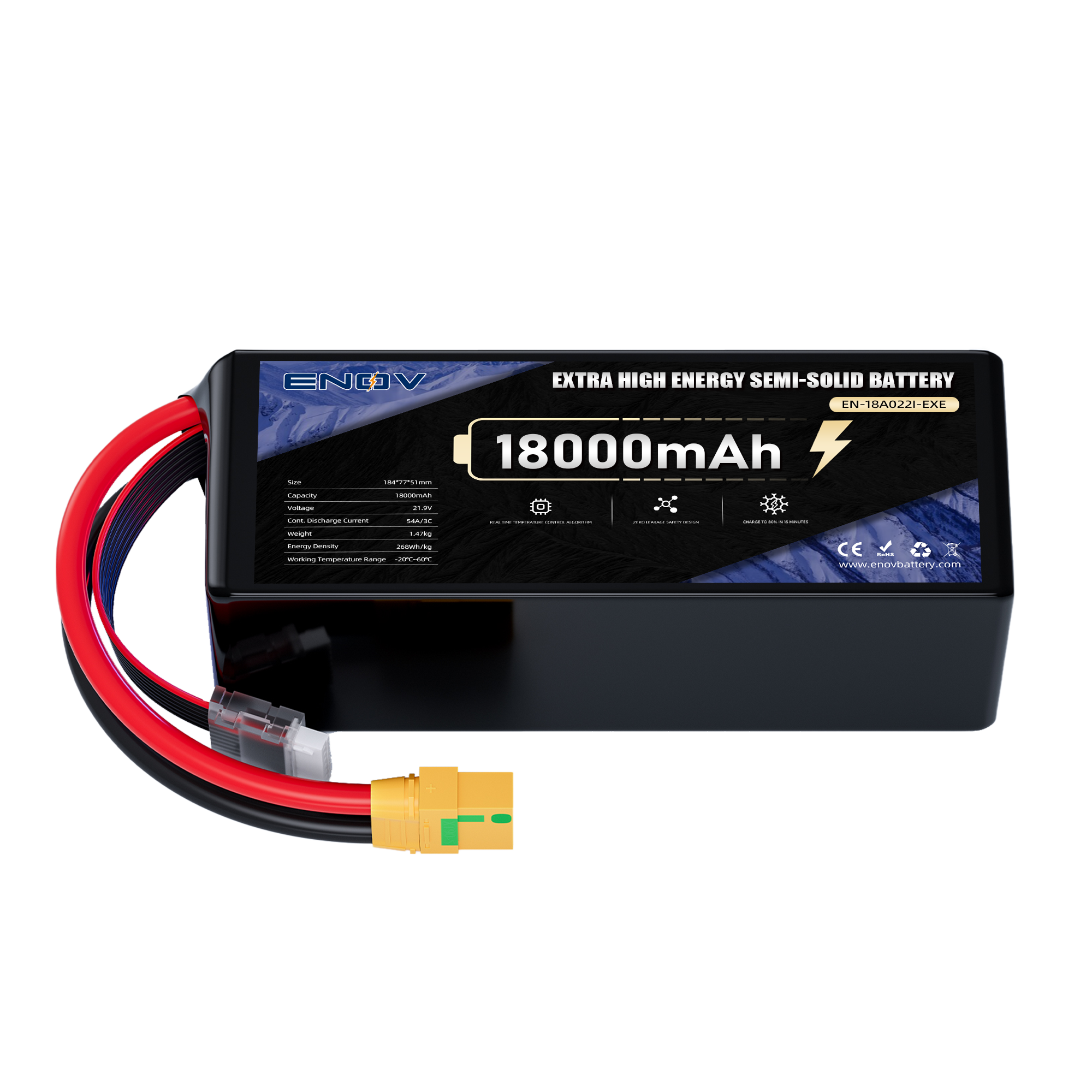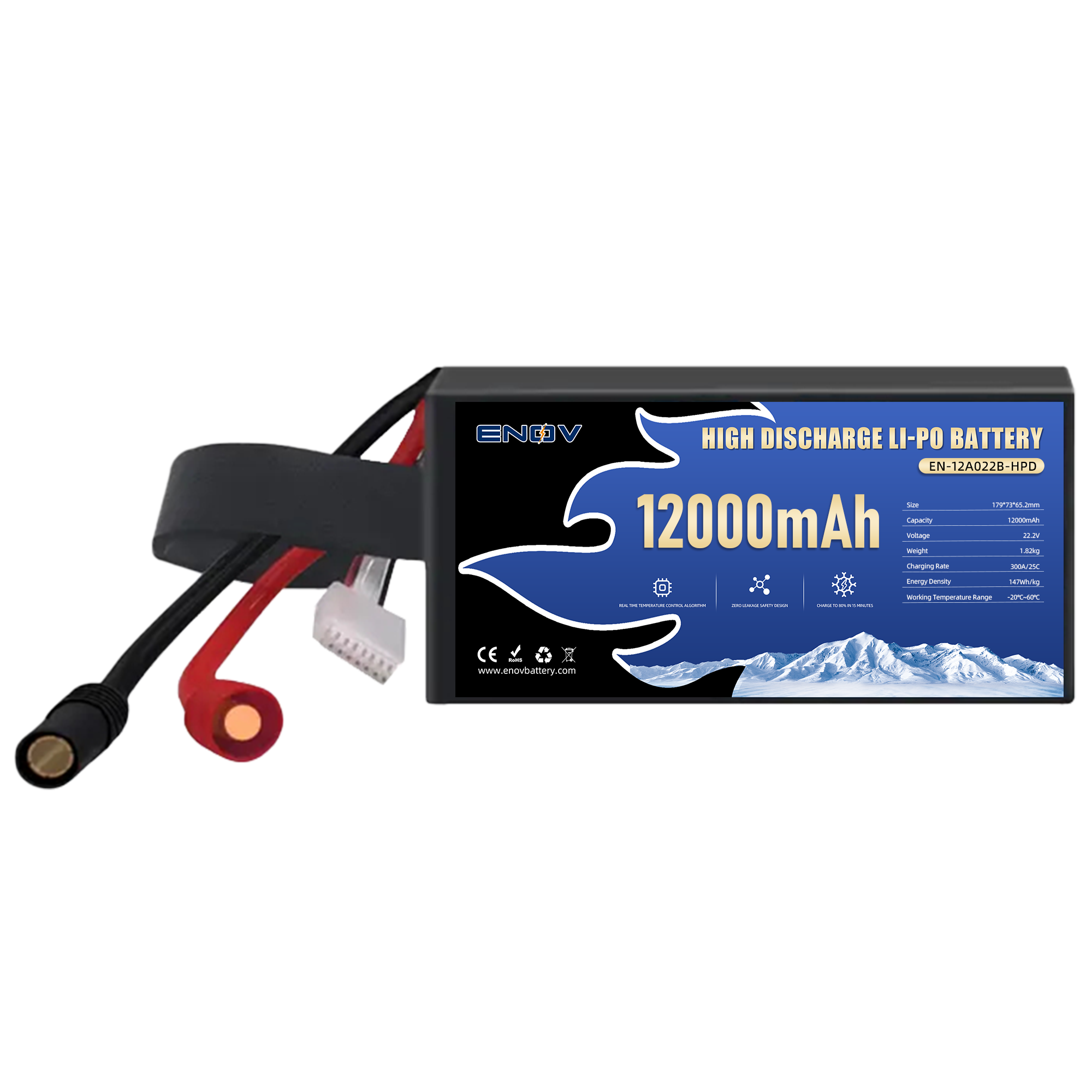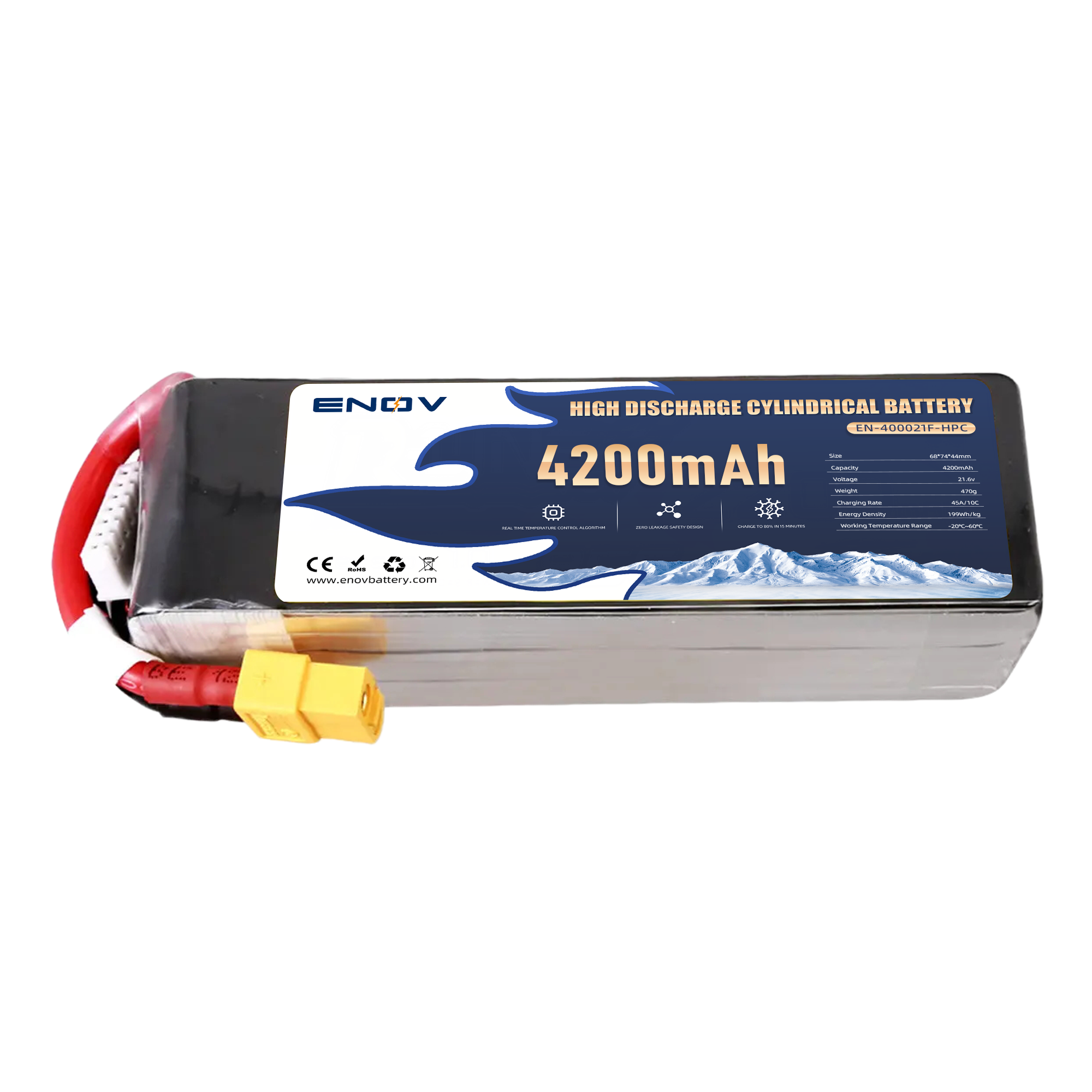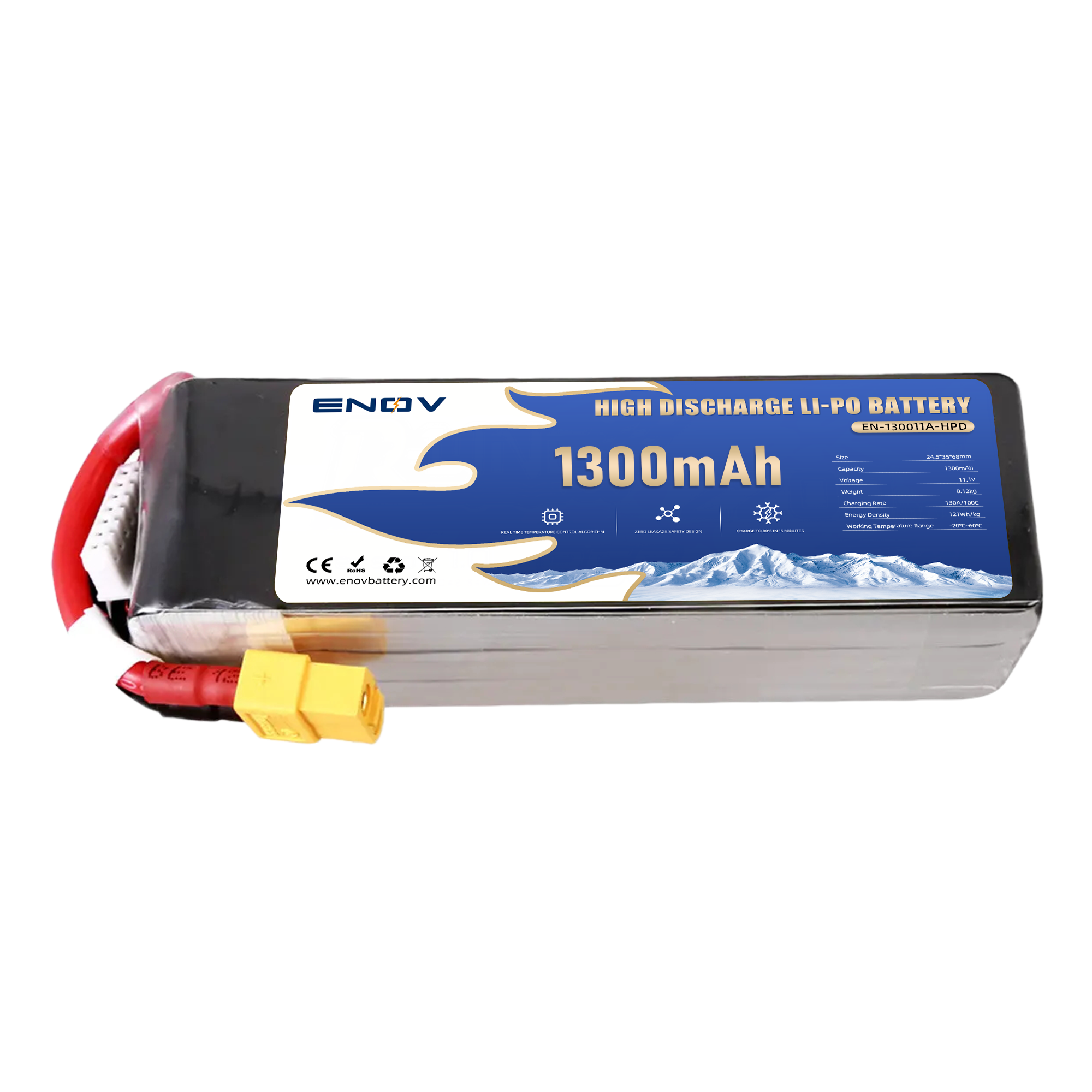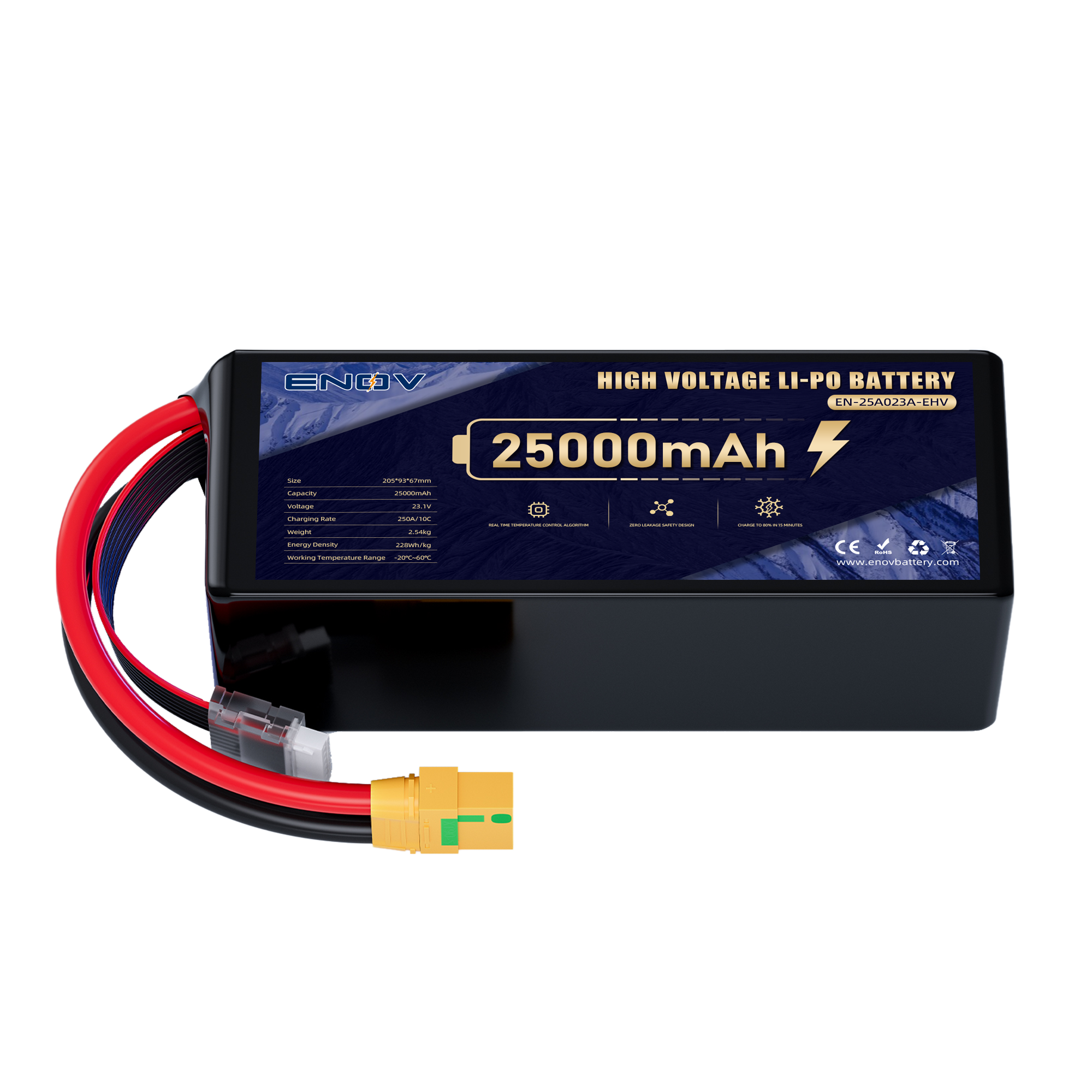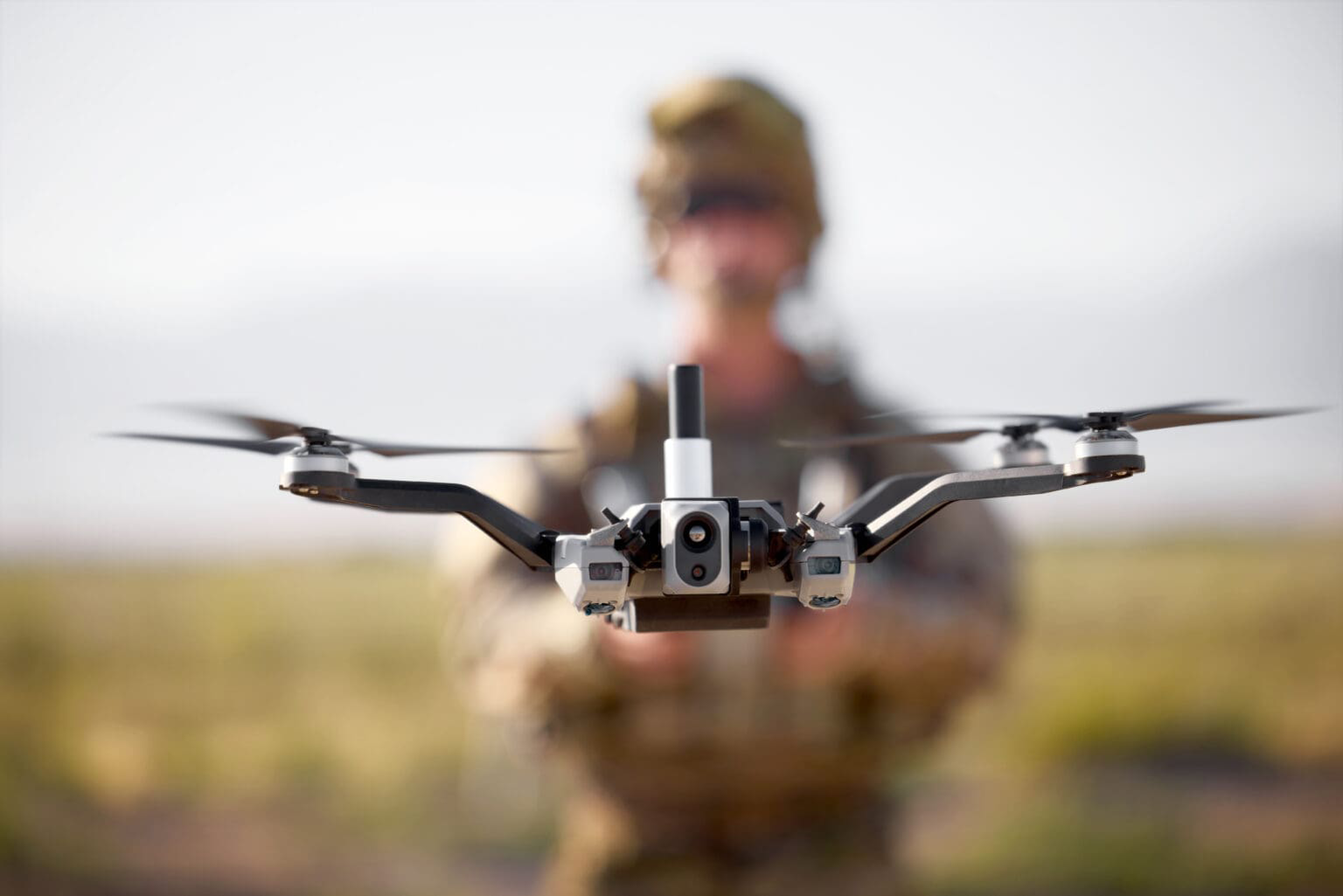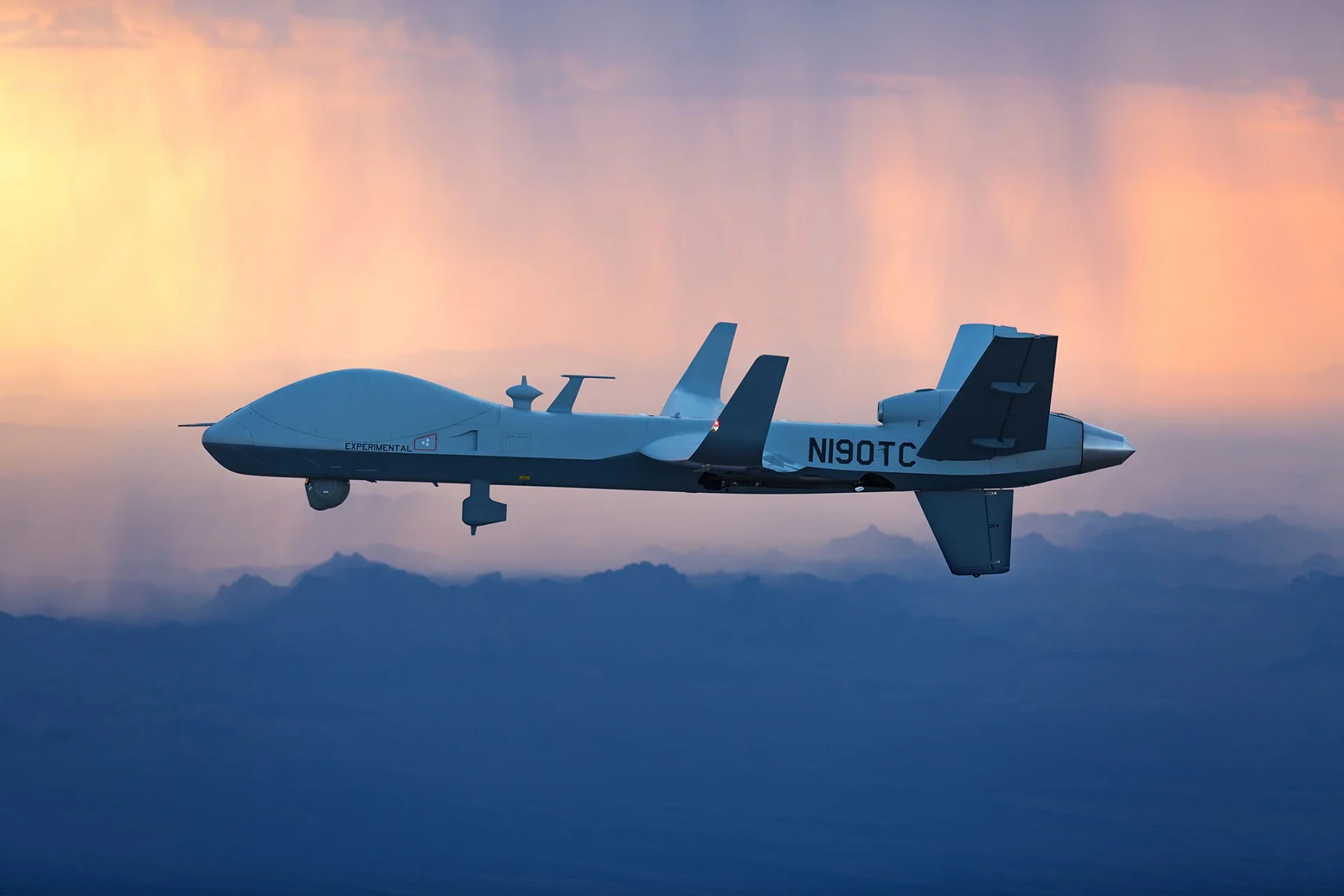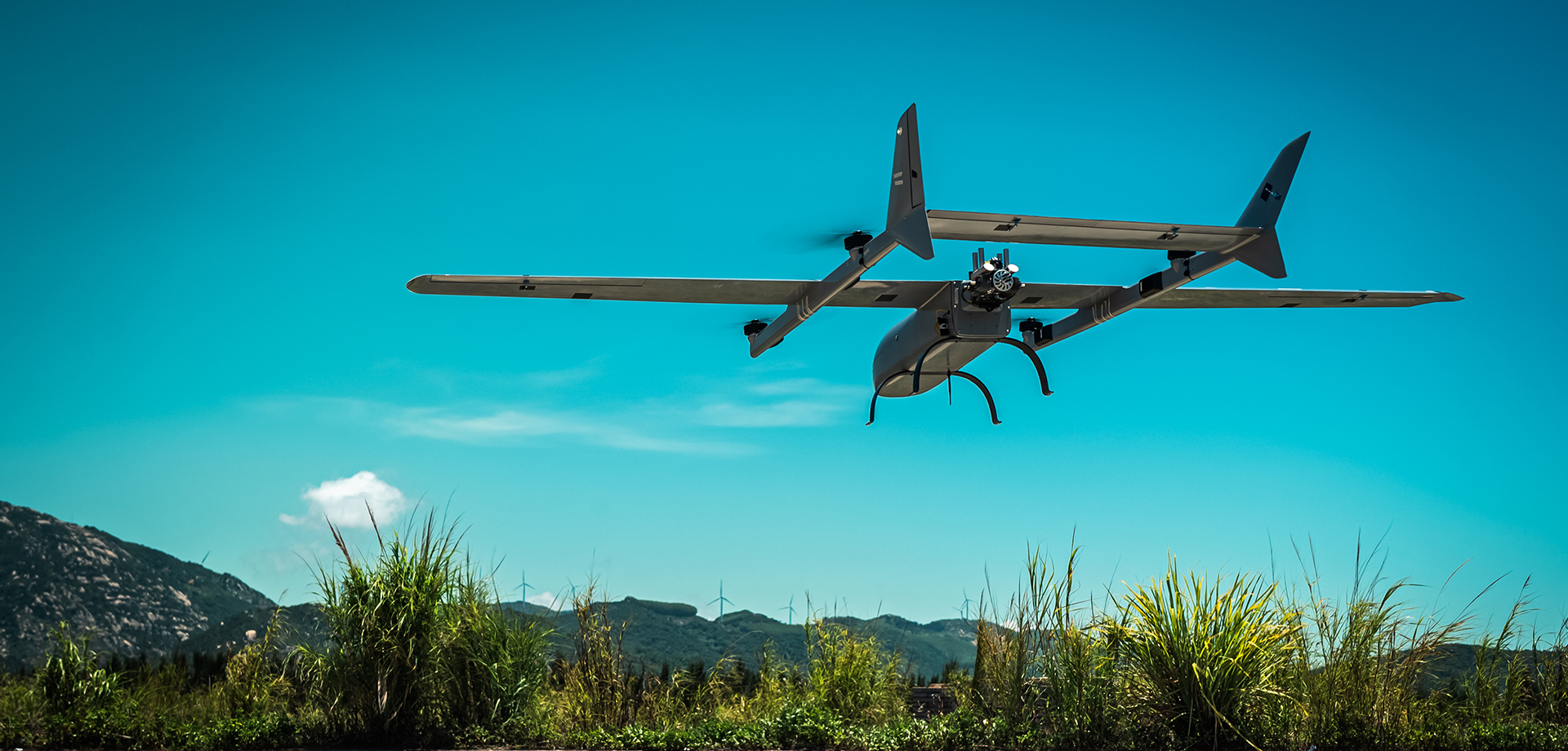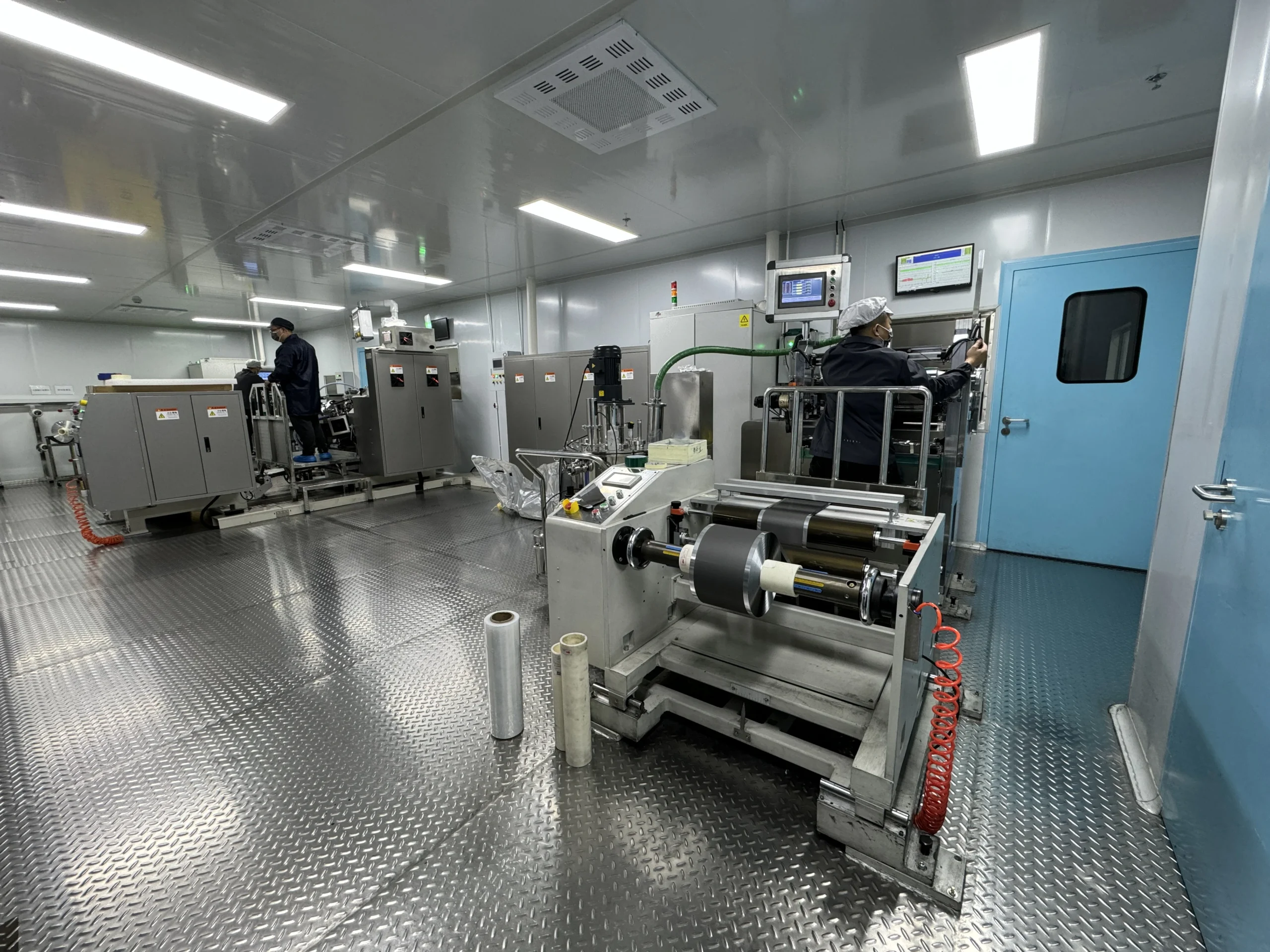C-Rating Selection Formula: How to Calculate the Best Discharge Rate for Your Drone’s Weight
Choosing the correct discharge rate (C-rating) for your drone battery ensures optimal power delivery and prevents overheating. A mismatch between C-rating and drone weight risks flight instability or battery damage. This guide provides a step-by-step formula to determine the ideal C-rating based on your drone’s weight, balancing thrust and efficiency.
main content
1. The C-Rating Formula Explained
Step 1: Measure your drone’s total weight (including battery and payload).
Step 2: Calculate required thrust: Total Thrust = Drone Weight (g) × 2.2 (safety factor for agile maneuvers).
Step 3: Determine battery current demand: Current (A) = Total Thrust (g) ÷ Motor KV × Voltage.
Step 4: Calculate minimum C-rating: C-Rating = Current (A) ÷ Battery Capacity (Ah).
Example Calculation
Drone Weight: 800g (including 200g battery).
Total Thrust: 800g × 2.2 = 1760g.
Motor KV: 1200KV; Voltage: 11.1V (3S).
Current: 1760 ÷ 1200 × 11.1 ≈ 16.3A.
Battery Capacity: 3000mAh (3Ah).
C-Rating: 16.3A ÷ 3Ah ≈ 5.4C → Choose a 6C or higher battery.
2. Why Overestimating C-Rating Matters
Voltage Sag Prevention: High C-ratings (e.g., 10C) maintain stable voltage during bursts. Heat Reduction: Excess capacity lowers internal resistance, minimizing heat buildup. Future-Proofing: Supports upgrades (e.g., heavier cameras or faster motors).
3. Common Mistakes to Avoid
Ignoring Payload Weight: Accessories (e.g., GoPro) add load—recalculate C-rating after modifications. Using Peak C-Rating: Continuous C-rating, not burst rating, determines safe operation. Mismatched Motors: High KV motors demand higher C-ratings than low KV models.
4. Practical Tips for Battery Longevity
Stay Below 80% Capacity: Partial discharge (20%-80%) extends cycle life. Monitor Temperature: Keep batteries below 60°C during flight. Balance Charging: Ensure all cells stay within ±0.02V to avoid imbalance strain.
Real-World Impact
A 5C battery on a 1000g drone drawing 20A continuously will overheat, risking puffing or failure. Upgrading to a 10C battery reduces stress and extends lifespan by 40%.
Conclusion
Using the C-rating formula tailored to your drone’s weight guarantees safer, more efficient flights. Always round up your C-rating calculation and prioritize batteries from reputable brands. Regularly reassess as your drone evolves—smart C-rating choices today prevent costly crashes tomorrow.
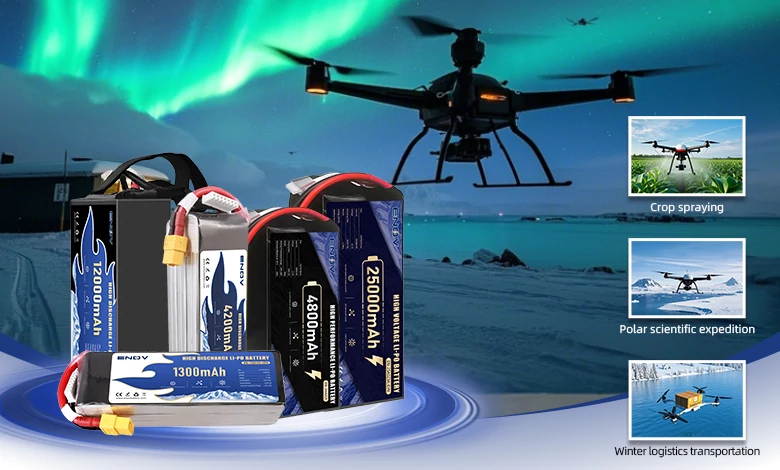
UAV DRONE battery
Enov UAV battery has the most advanced UAV battery new technology, it has a lightweight structural design, ultra-high energy density, stable continuous discharge, customized ultra-high instantaneous discharge, wide temperature working range, stable charge and discharge, battery materials can choose high nickel terpolymer positive/silicon carbon negative material system combined with semi-solid battery technology. Or choose a more mature application of more UAV lithium battery technology, available UAV battery nominal voltage 3.7V, capacity 18.0Ah ~ 30.0Ah, support 10C continuous discharge and 120C pulse discharge (3 seconds). With ultra-high energy density (220-300Wh/kg) as its core advantage, Enov UAV batteries can meet the needs of long-term endurance scenarios such as plant protection drones and transport drones, while maintaining stable emission performance in extremely low temperature environments (-40℃).
Other products
START-STOP LITHIUM BATTERY
LITHIUM ENERGY STORAGE BATTERY
QUICK INQUIRY
FAQ
Access to high frequency technical questions with one click, get accurate answers on product application, after-sales policy and customization process.
Service and Support
Get the latest product specifications, explore professional OEM/ODM customization services, click to open exclusive technical support and production solutions.
Become a Partner
We sincerely invite resources to interconnect, work together for win-win development, and immediately open a new chapter of strategic cooperation!
